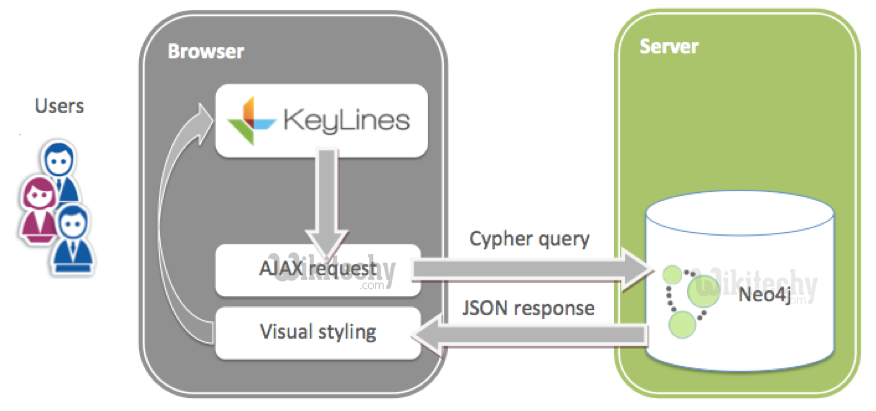
In the image below, I organized some of the most popular graph visualization tools by their main category. Reporting tools, to create and organize data reports.Analysis tools, for revealing trends & discrepancies.Exploration tools, to help analysts explore data relationships.Development tools, to help developers work with graphs.I group all graph visualization tools into four main categories: All visualization toolkits were built with a specific purpose in mind, so you’ll have to make sure the tool’s purpose matches your need. Categories of Graph Visualization Toolsīefore we dig into the tools, it’s important to be aware of the categories of tools out there. After reading, you should have an overview of the graph visualization landscape, and (hopefully) find a tool that fits your visualization needs. I group these tools into categories based on their functionality and purpose. In this article, I’m zooming in on some of my favorite tools. Thankfully, a ton of tools have been developed that make graph visualization a cakewalk. When I started working with graph data, I realized it takes significant work to create intuitive graph visualizations. Overall, Cypher is an essential tool for querying and analyzing graph data in a Neo4j database.Visualizing graphs is hard. Cypher is optimized for performance and allows for extensibility. Nodes are labeled, and relationships can have properties. Neo4j's ASCII-Art syntax represents patterns in its graph data model. Cypher supports a variety of functions and operators, such as COUNT and ORDER BY, and can be used to manipulate and analyze graph data. The syntax includes keywords such as MATCH, WHERE, and RETURN. It allows complex queries in an intuitive way. Cypher is a declarative language that operates on nodes and relationships. We have discussed the Cypher query language used in Neo4j, a popular graph database. Cypher is an essential tool for working with graph databases. The query retrieves the node labeled "Company" with the name "TutorialsPoint".Ĭypher allows querying and analyzing graph data in a Neo4j database. MATCH (G:Company ) RETURN G", "Company" is the node's label and "name" is one of its properties. The Cypher statement below retrieves the "Company" node whose "name" property is set to "TutorialsPoint", using the variable "G" to hold the returned data. To illustrate the differences between Neo4j's Cypher and SQL, consider the following example. `LIMIT` limits the number of results returned by a query `ORDER BY` sorts the results of a query based on a specified property or expression `COUNT` returns the number of nodes or relationships that match a particular pattern These allow us to manipulate and analyze graph data in a variety of ways. `RETURN` keyword is used to specify the data that returns from the query.įor example, the following Cypher query would find all nodes in the graph that have the label "Person" and return their names and ages: MATCH (p:Person)Ĭypher also supports a wide range of functions and operators.

`WHERE` clause is used to filter the results based on specific criteria. `MATCH` keyword is used to specify the pattern of nodes and relationships that match in the graph. The basic syntax for a Cypher query is as follows − MATCH (n)

Using Cypher to query a Neo4j database is relatively straightforward. Cypher is highly optimized for performance. It allows complex graph queries in a simple and intuitive way. Even for people who have no previous experience with graph databases.Ĭypher is important for several reasons. It has become the go-to language for working with Neo4j. It allows you to query graph databases, like Neo4j. IntroductionĬypher is a declarative query language. In this article, we will discuss Cypher, its importance and various examples. It can be visualized in a graph format rather than the traditional table format. This is because Neo4j is a graph database that stores data in nodes and relationships. But it is better suited for working with graph data.

Neo4j has developed its own query language called Cypher, which differs from SQL in that it operates on nodes rather than tables, rows, and columns. One of the reasons for this is its powerful query language, Cypher. Neo4j database is one of the most popular choices in graph databases.


 0 kommentar(er)
0 kommentar(er)
